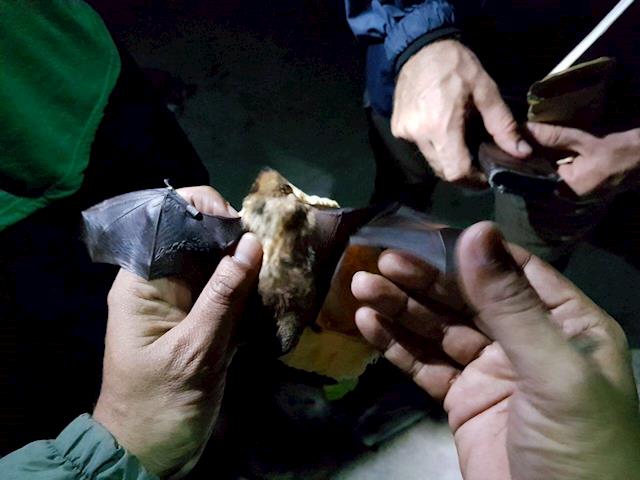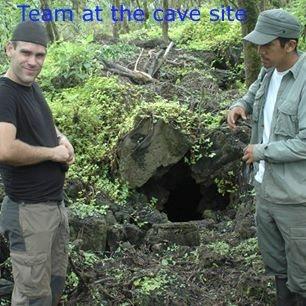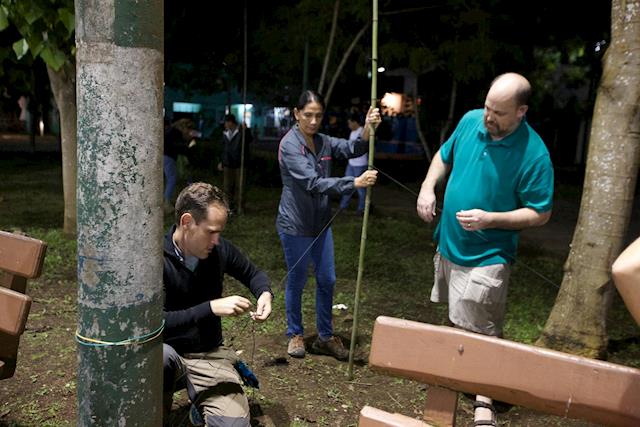Bat in the Hand
24 August 2017
Josh reports on successful bat catch
"The bats kept flying just past the net and it looked like they were too smart for us. BUT at the last minute, a quick flick of the wrist by one of the Rangers led to the first bat caught in around 20 years! So, introducing Bat T182, AKA “Snuffles the destroyer”. Thanks, Leah and Alana for the donation that led to this unique name! If you want to add a name to list click on the link below and donate $50 or more."
The Park wants me to come back again in November/December which is the dry season when insect numbers will be up and hopefully the bat numbers too. While I’m away, the Rangers will be doing the challenging work of finding bat capture locations. I left my bat detector with them to help and gave some general advice on how to proceed. Next trip we will focus on learning how to take genetic samples and disease screening. So, if you want to support the project further we need all the help we can get.
Check out the gallery for some more great photos of the bat catch.


